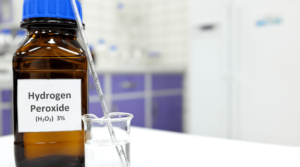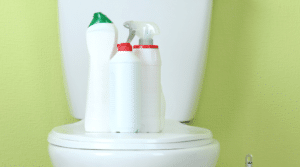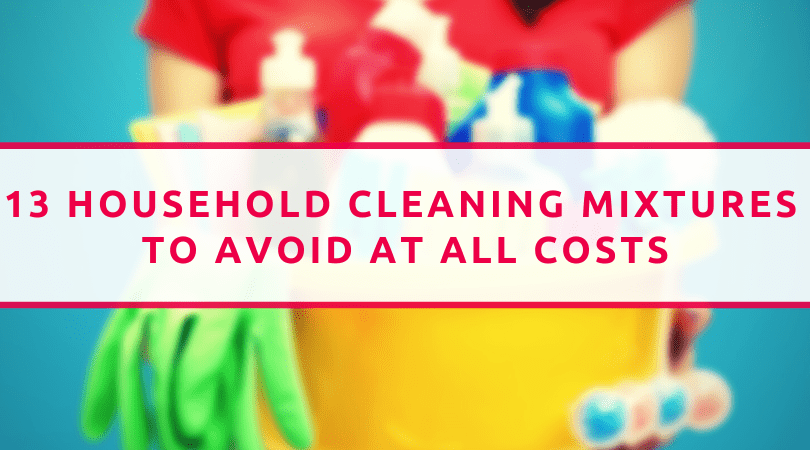
5 Secrets to successful cleaning with young ones
March 30, 2022
6 Things You Can Clean with Lemons and Lemon Juice
May 18, 2022Cleaning is often done with all manner of chemical products, but some of them should never be mixed, as you might have guessed.
List of Common Products you Should Never Combine Under Any Circumstances
Hydrogen Peroxide and Vinegar
On their own, they are good, natural cleaning products. When combined, hydrogen peroxide and vinegar may create peracetic acid. Even though the combination can still be used for sanitation purposes, it may also be corrosive.
Ammonia and Bleach
These ingredients can be commonly found in cleaning products, so you should check the bottles before you mix them. Inhaling the resulting vapours can seriously damage your lungs or outright kill you, so avoid it at all costs.
Vinegar and Bleach
Even though this combination makes for a good disinfectant, when the two ingredients are combined as cleaning agents, it makes them dangerous. The acid in vinegar creates toxic chlorine and chloramine vapours when it’s added to bleach. Don’t mix them, unless you want to risk chemical burns to your lungs and eyes.
Bleach and Rubbing Alcohol
Isopropyl alcohol and bleach are used to make chloroform, which is the last thing you want to use to clean your home, as you can imagine. Even though you may not always pass out if you breathe it in, it’s not something you should have lying around your home or being used to clean.
Using Two Different Drain Cleaners
Although it may feel satisfying to dump drain cleaner into a clogged sink, watching it unclog and work its magic, you should never mix two different drain cleaners. Depending on their contents, you may create chlorine gas or even lead to an explosion, so keep that in mind.
Mildew Stain Remover and Bleach
The mildew stain remover is a substance containing acid, which creates chlorine gas when combined with bleach. Needless to say, irritation to the eyes, nose, throat and lungs and worse are something to be avoided at all costs.
Bleach and Toilet Bowl Cleaner
Using acidic-based toilet bowl cleaners togehther with bleach is something capable of releasing toxic fumes. You may end up causing breathing issues and damage to the eyes.
Vinegar and Castile Soap
Even though it’s not the most dangerous combination on our list, it is something that doesn’t exactly work. The combination of hard white or mottled soap made of sodium hydroxide and the olive oil only creates an oily, chunky substance since the acid in the vinegar will break down the castile soap.
Bleach and Oven Cleaner
Bleach is the most commonly used cleaner for all kinds of tasks beyond soap, but there are a few things it should never be mixed with. Oven cleaner is one of those since the combination can result in chlorine gas.
Bleach and Lemon Juice
When acidic commercial cleaning products are mixed with bleach, resulting in dangerous combinations, we often ignore that the mix of lemon juice and bleach does the same. Avoid the resulting danger by bypassing this combination as well.
Bleach and Glass Cleaner
Mixing bleach and glass cleaner creates toxic gases and chemicals. The most commonly used ingredient of glass cleaner is ammonia, which results in chloramine vapour when combined with bleach’s main ingredient sodium hypochlorite.
Water and Vinegar on Hardwood
Though it’s not dangerous, the combination of water and vinegar on hardwood floors may be a costly mistake. The acidic properties of vinegar can damage the finish on your floor, dulling its lustre. Using a solution of water and vinegar to clean other surfaces is fine, but hardwood floors may be damaged by the moisture as well, in combination with the acidic properties.


